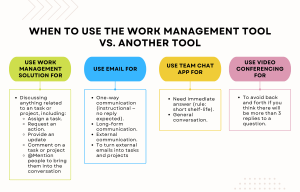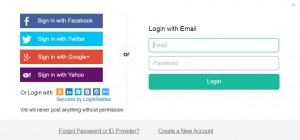Why I don’t teach entrepreneurs how to build their own website
In my recent Facebook Live stream I covered an important topic for many entrepreneurs and skilled professionals: why I don’t teach others how to build their own websites.
It speaks to a larger topic all entrepreneurs should be aware of, which is why it’s important to convey the value of what you do to your clients!
Too often, because of our own expertise, we wind up making our roles seem easy. As a result, we’re fielded with questions about providing how-to docs or instructions for our roles rather than a potential client hiring us.
The DIY approach is a cost-cutting measure taken by clients who aren’t seeing what actually goes into the work involved.
Take these comments seriously but remember the person does not mean to demean your role. It can be easy to misinterpret requests for instructions on how to do your job. Asking questions about why they want to do those tasks themselves is important.
A good way to address these questions is to keep documentation of what actually goes into the job. If you exceed industry standard results, then that is something to reference. Show them everything that goes into the assigned project, task, or product so they have a clear understanding of what they’ve paid for.
For many jobs you can look up how to do it. And many tasks have online solutions to what are normally professionally addressed problems. This is true for everything from public speaking to law to even medicine. But that doesn’t mean what is being demonstrated covers everything that one needs to know in order to do the work fully or even properly.
For our own services related to professional web development and online marketing the list of ‘how-to’s’ is seemingly endless. This contributes to the glutton of badly made websites and websites that have no rank or traffic out there.
The true cost of DIY is when you do it yourself badly.
Not only have you taken up your own time you could have used building your business or servicing clients, you’ve wound up with something that is quite obviously amateur work. Now this work will be what your clients see and you’ve then devalued yourself.
There may be possibilities where you can offer one-on-one coaching for what you do. This is a good solution for some, but not all industries. So you’ll have to do your homework and see if you can provide coaching if a client asks.
For eVision Media, we do provide one-on-one mentoring but only for strategies and services where we know that coaching will result in effective training for the client. This works well when the client takes on tasks they should be doing themselves and having a knowledgeable mentor ensuring what they are learning is correct.
You’ve spent a lot of time refining your skills. Let your clients know when you’re going beyond expectations and applying methods you’ve learned from experience.
Sometimes managing a project will feel like coaching and working together is of course not a bad thing. You might find you learn a few things from your client!
Try applying your experience with your coaching but limit it to what you know is actually possible. Some tasks perhaps could be handled by a small business owner and if those tasks also help them run their business, it presents an opportunity.
Sometimes clients just like what you do so much they want to learn it and have fun performing those tasks.
We don’t teach others how to build websites because there are so many variables involved that require a certain level of expertise and so many things that can easily go wrong.
Asses your own role and take stock of what you do that you could teach others so when asked to teach them something overly complicated, you have more of an answer than simply no. This will help your client understand what you do and they’ll appreciate being coached on what you know can’t be easily taught.
Business & Finance Articles on Business 2 Community(83)





